8 Biden Administration Members Share What They've Learned After 100 Days in Office

- Oops!Something went wrong.Please try again later.
On March 4, 1933, when Franklin D. Roosevelt was sworn in as president of the United States, the country was in the depths of the Great Depression’s darkest hours. Severe dust storms were turning once fertile farmlands into barren wastelands, the stock market plunged to its lowest point, banks caved in, and at least 25 percent of American workers were unemployed.
Yet, within three months, Roosevelt had passed a groundbreaking 76 bills, revamped the financial and agricultural systems, and put thousands back to work—he called that period “the 100 days which had been devoted to the starting of the wheels of the New Deal.”
Since then, the 100-day timeline has been a bellwether for every administration, setting the tone and foundation for the remainder of a president's term. "We learn a number of things about the administration: Does the president have the support of the public? Do they have the support of Congress? How much progress have they made on their campaign pledges or promises?" says Barbara Perry, director of presidential studies at the University of Virginia's Miller Center. "We also get a sense of a president's style, which is particularly important in times of crisis, when the American people want someone who makes them feel better."
But do some fast math and you realize that the first 100 days represent just under 7 percent of a four-year term—which is why they shouldn't be used as a predictor for an administration's ultimate success or failure, says Perry.
Nearly a century after FDR’s whirlwind efforts, President Joe Biden entered the Oval Office in January 2021 during what Perry describes as equally staggering circumstances: the coronavirus pandemic, the ensuing economic downturn, the federal government's failure to recognize and address systematic racism and discrimination, and the accelerating threats and effects of climate change. “In my view, this was the worst state the nation had been in since the Great Depression,” she says. And just like the 32nd president, Biden—along with Vice President Kamala Harris, and their entire administration—moved quickly and ambitiously, passing a $1.9 trillion relief package and delivering 200 million COVID-19 vaccines. They also signed a flurry of executive orders on everything from increasing the minimum wage to $15 an hour for federal contractors to reversing the ban on transgender Americans joining the military.
Ahead, we spoke to eight members of the Biden-Harris administration about the highs and lows they've experienced since Inauguration Day, and what they know for sure about the future of our country after their first 100 days in office.
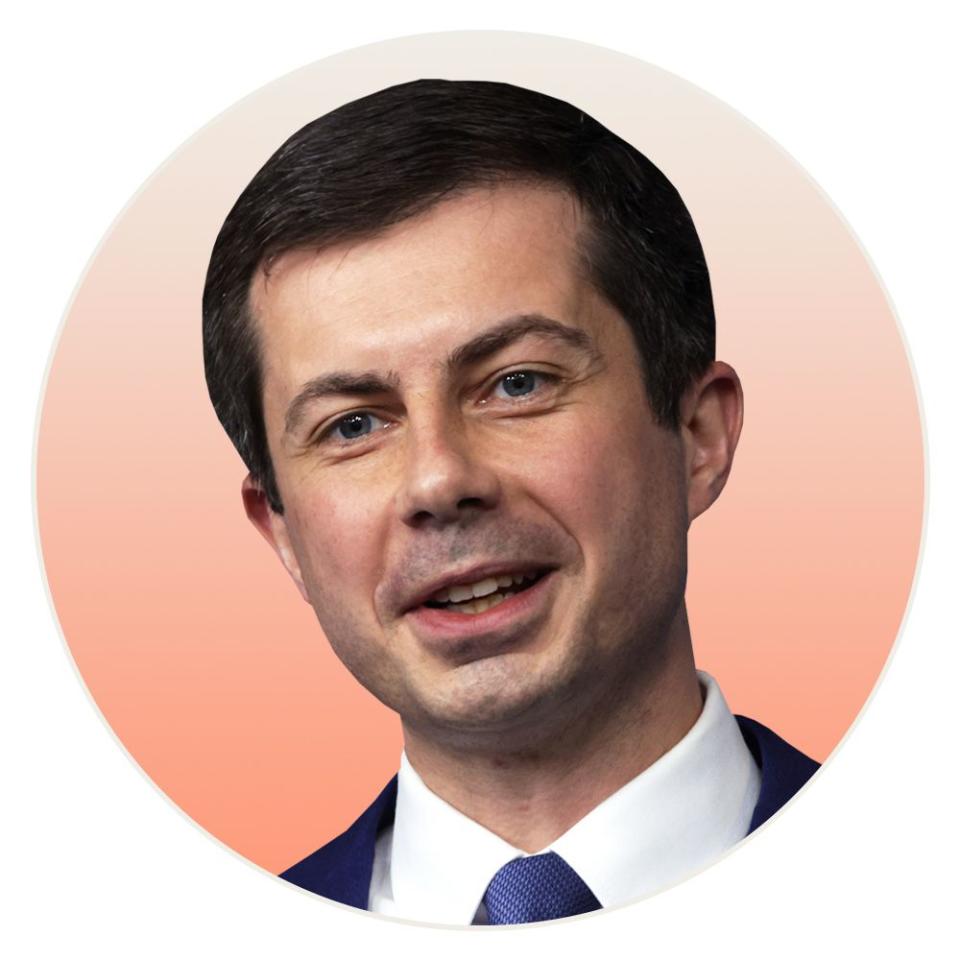
Pete Buttigieg, Secretary of Transportation
Going from mayor of South Bend, Indiana to cabinet member is…certainly different, in terms of scale. My budget before was in the hundreds of millions, and now it’s in the tens of billions. I was leading a city of 100,000 people, now I’m leading a department of 55,000. But on the other hand, some aspects are similar: Setting the right values and guiding the team, then engaging on the outside to communicate our agenda, as well as listen to the voices of those who are impacted by the decisions we make every day. Of course, the other thing that’s different is for the first time in a while, I have a boss—and luckily, I have a great boss.
One thing I’m thinking about a lot is…trust. In part, the relationship between trust and safety: Every time you go through an intersection, you are trusting other people with your life, so something as seemingly mundane as traffic safety is an example of just how important trust is in our society. But I also think more broadly in a moment like this. When we’re coming out of a pandemic, when we’re confronting issues of racial justice as a country, when we're building an economy for the future, it’s really important to establish trust that government can and should do a good job solving problems for people. We have a generation that has witnessed far too much policy failure as Washington became more and more paralyzed. But right now—because of the presidential leadership we have and the dimensions of the moment—we have a unique chance to establish trust with the American people by actually solving the problems we were sent here to deal with.
What I know for sure after the first 100 days in office is…this is not an ordinary moment in the life of our country, and the choices we’re making right now will shape what it’s like for the rest of my lifetime. What’s been so inspiring to see is that we can make better choices than those made in the past—and have results to show for it.
By the time I leave this role…I want to be able to say that the beginning of the 2020s in America was a time when transportation prepared for its next great leap. That includes not just new and exciting technologies, but also getting ahead of the climate challenge before it's too late, and delivering that in an equitable way, so that Americans in every community all see transportation working for them.
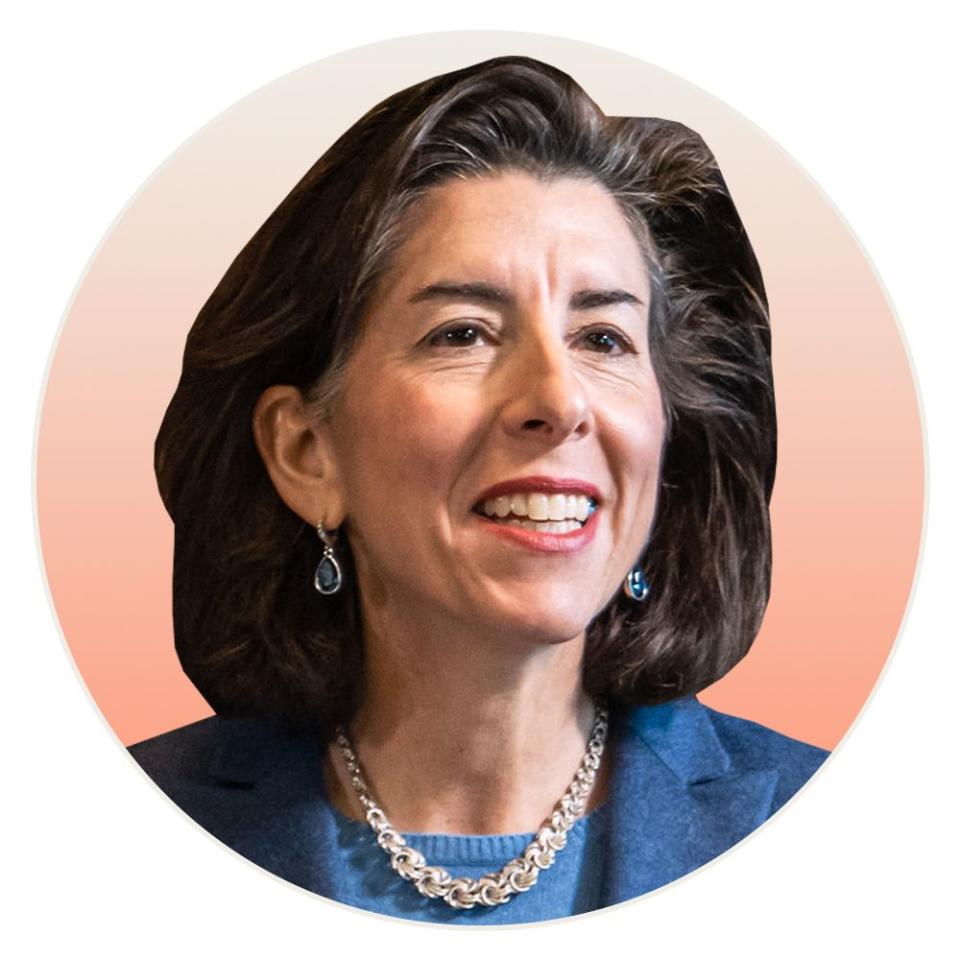
Gina Raimondo, Secretary of Commerce
As the former governor of Rhode Island, I know…people across the country are still really struggling to get through the day. As governor, especially of a small state, you’re very in touch with people’s daily needs and challenges—whether they’re still out of work, their kids are still learning remotely, or they’ve had to shutter their small business. So, I’ve taken that with me from Rhode Island to Washington, and it brings a certain purpose, focus, and urgency to the work I’m doing.
The most surprising part of working in Washington is…the endless amount of walking! The Department of Commerce building is two million square feet and takes up an entire city block. After four days on the job, I went out and bought flats.
The three things that have gotten me through the first 100 days are…RXBAR protein bars—particularly the mixed berry variety—which have been my lunch practically every day I’ve been in office. The cafeteria at the Department of Commerce isn’t open, and I don’t get out much, so I’m pretty sure I wouldn’t be surviving without my daily RXBAR and strawberry-flavored seltzer. Also, my family. My husband and kids have been really great about the fact that I’m not home as much and I’m working a lot. Actually, the couple of times I’ve tried to sneak home for dinner, my son has been like, “Mom, go back to work. The country needs you.”
To get women back to work…we need to recognize just how cruel COVID-19 has been to women. They’ve dropped out of the workforce in epic numbers that we haven’t seen in decades—and that’s often because they’ve been the ones that have disproportionately shouldered the burden at home after childcare centers and schools closed. When the president says we’re going to build back better, we have to make sure women are included in things like job training and apprenticeships. Because traditional infrastructure—like when you just talk about roads and bridges—most of that work goes to men. And we can’t let it be that the jobs we create are disproportionately for men. That’s a big part of the reason I took this job.
What I know for sure after the first 100 days is…the country’s counting on us to get the president’s jobs package passed and implemented—and we have to deliver.
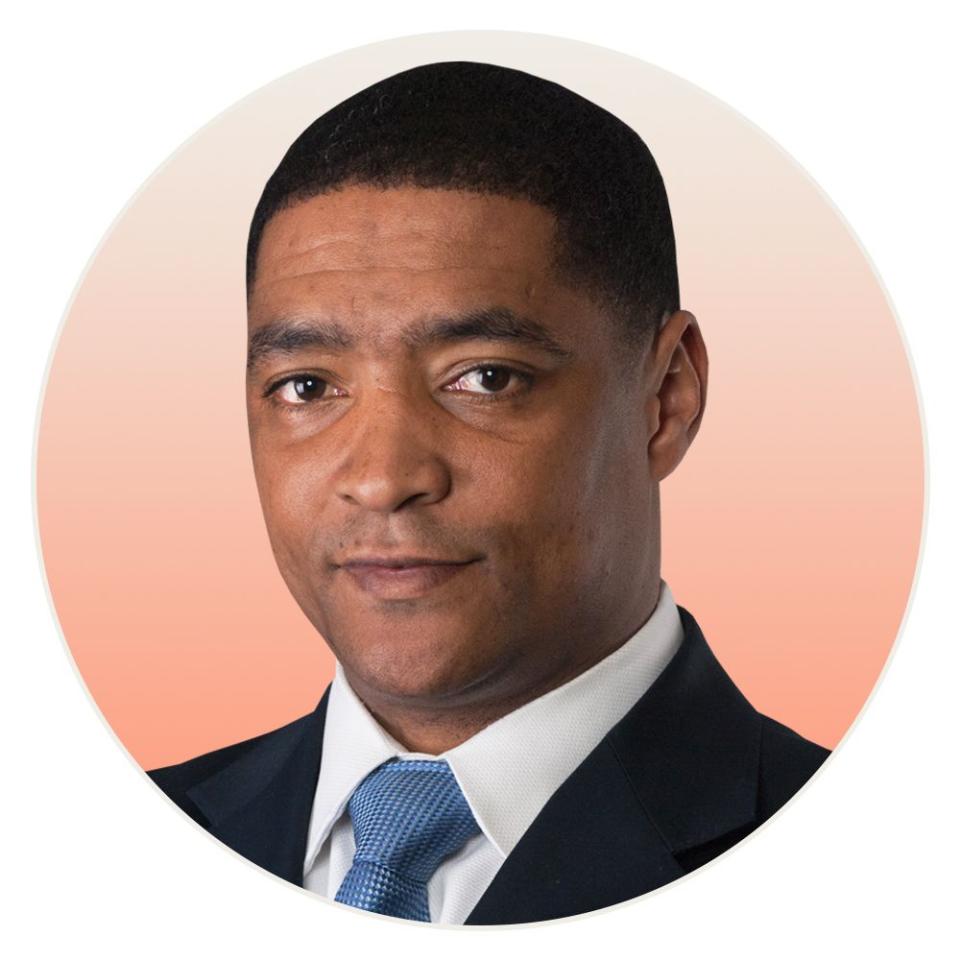
Cedric Richmond, Senior Advisor to the President and Director of the White House Office of Public Engagement
If I could go back, I'd tell myself on Day 1...make sure you invest in a great Zoom setup, because you're going to Zoom all day, every day.
It's essential to connect with people who didn’t vote for us because...first, we don't get to pick and choose who we represent. But also, we went through four years of an administration pitting people against one another. Part of my favorite line that President Biden uses is: "Somebody doesn't have to lose in order for you to win. Someone doesn't have to get pushed down for you to move up." It's been a hallmark of the president's work, but more importantly, it's something that's also driving our outreach.
The most surprising part of working in the White House has been...the flies. I'm from the South, and these are the biggest flies I've ever seen in my life.
What I know for sure after the first 100 days is…the country is better off because we're here.
By the time we leave the White House, I hope...every family in America is much better off than when we took office—not only because we saved lives during this pandemic, but also because we empowered people to reach their destiny. That means investing in education, from providing school for 3- and 4-year-olds to covering the cost of the first two years at community college and historically Black colleges and universities. I want to make sure we give people all the tools that they need to be as successful as they want to be, and that we break down the systemic barriers that have held them back.
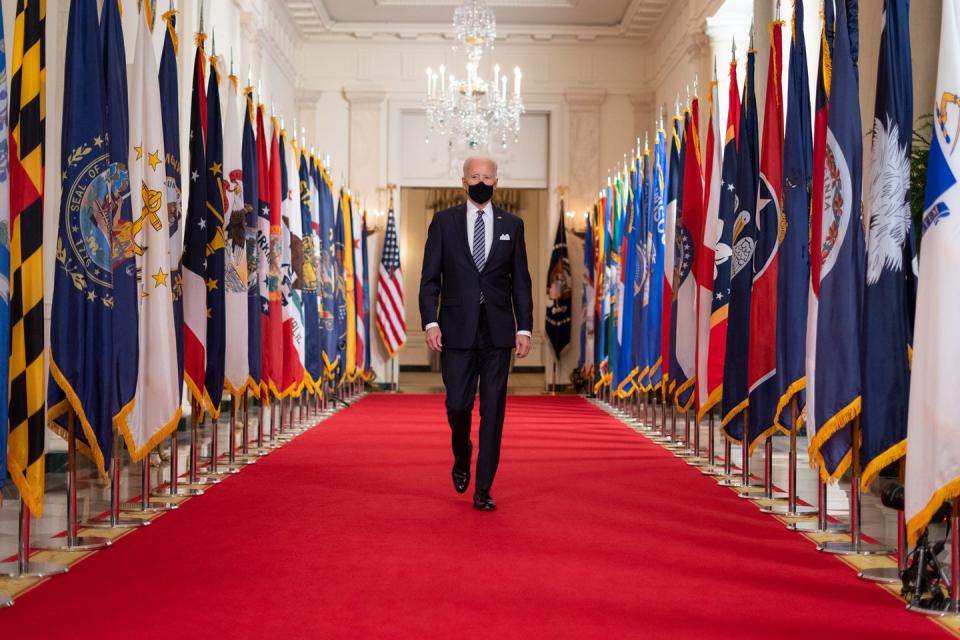
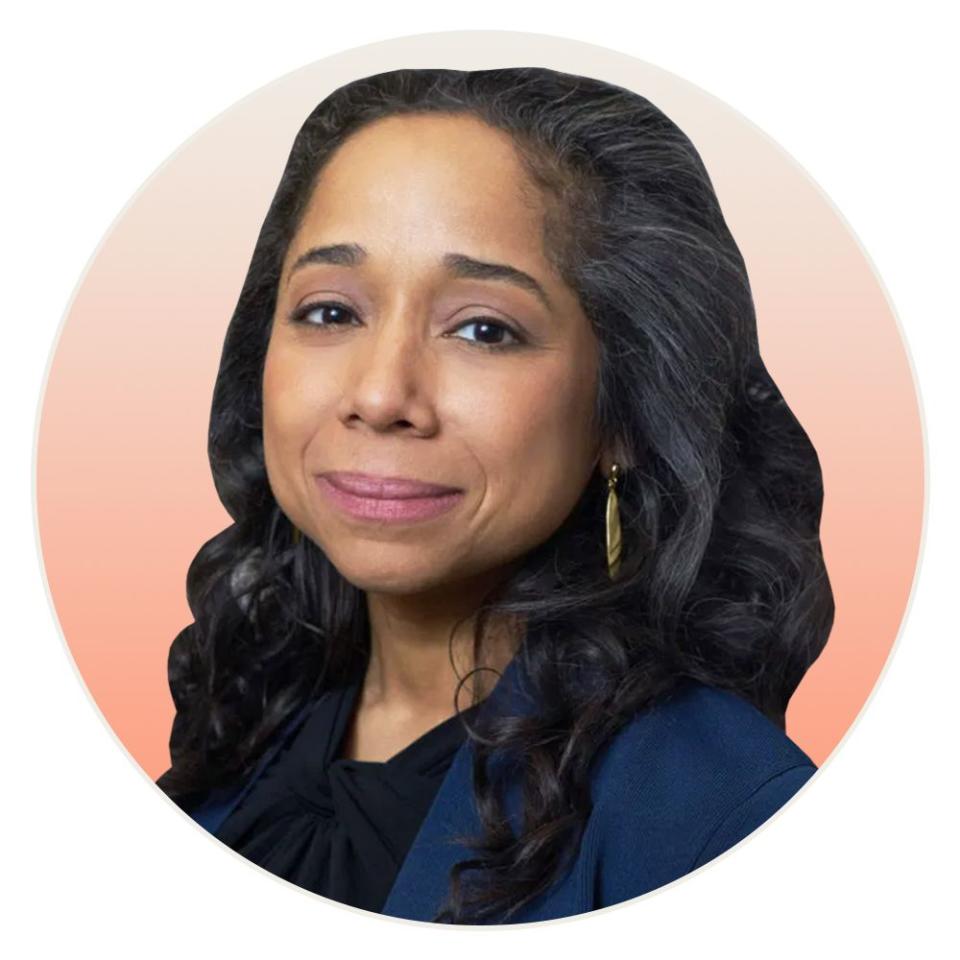
Julissa Reynoso Pantaleón, Chief of Staff to First Lady Jill Biden and Co-Chair of the Gender Policy Council
One thing I can confirm about Jill Biden is...she is incredibly authentic, sincere, caring and committed. I knew her from the previous administration, but I've obviously spent more time with her now, and she is just as remarkable as I thought—which is very welcome news.
I'm particularly proud to...be a part of Dr. Biden's team and to support her vision, which seeks to continue some of the work she started both during and after the Obama-Biden administration. That includes her commitment to community college and promoting free community college, in particular; advocating for families, caregivers, and the network of folks who tend to servicemen and women in the military; and improving the lives of those who've been touched by cancer, as well as their family members, given her own personal experiences. Not to mention that over the last 100 days, she's also been focused on showing the country that she's listening, she's present, and she's here to help people heal.
What I know for sure after the first 100 days is…this administration is helping people, based on conversations with my own family members.
By the time we leave the White House, I hope...to improve the lives of Americans—especially those that may not have felt protected, heard, and understood in the past—in a sustainable and meaningful way.

Jennifer Klein, Co-Chair and Executive Director of the Gender Policy Council
What makes this Gender Policy Council different from previous iterations is…first, it’s a council—just like the Domestic Policy Council and the National Economic Council—which means it’s actually an office in the White House with staff and leadership. But also, the word “policy.” Historically, it had been seen as a part of the White House that was focused primarily on outreach, and while we’re certainly serious about our role working with external stakeholders—like nonprofits, state and tribal governments, and multilateral organizations—we’re a policy council at heart. So we have a laser focus on issues that are of particular concern to women and making sure that women’s issues and gender issues are integrated across all of the things that the Biden administration is working on. Finally, even though this technically isn’t distinct from previous iterations, there’s a real, intentional focus to ensure gender equity and racial equity are infused across all of our policy areas and we constantly think about the intersection between those two, as well as LGBTQ issues.
The issues at the top of our to-do list are…providing economic security for women and families in this country. The pandemic has magnified—and even made worse—the barriers that have long existed for women and especially women of color, so we have worked hard to ensure that legislation like the American Rescue Plan delivered immediate relief to women and families through things like vaccine distribution, reopening schools, providing direct payments, and the child tax credit. And we’ll continue to deliver those once-in-a-generation investments through the American Jobs Plan and the American Families Plan. The second priority is tackling gender-based violence, so we have a person at the council, Rosie Hidalgo, who has been working on trying to re-authorize the Violence Against Women Act, which the president literally authored 27 years ago, as well as addressing gender-based violence wherever it occurs, from launching an independent review on sexual assault in the military to directing the Department of Education to look at its existing Title IX policies and regulations to ensure they’re consistent with the president's position. And we're focused on women’s health. In April, the president issued the first-ever proclamation on Black Maternal Health Week to highlight the disparities that Black women face and to begin addressing lack of funding, lack of access to proper care, and other issues that have allowed these unacceptably high rates to continue.
I'm particularly proud of...this administration's commitment to both gender equity and racial equity. I'm relatively new to the Biden team, but I'm not new to Washington. In fact, many of my colleagues are old friends from the Clinton and Obama administrations. But it's clear that this is a team of people who aren't just saying they're for focusing on gender and racial equity; they're actually living that every day.
What I know for sure after the first 100 days is…leadership matters. I spent eight years working in the Clinton administration and four years in the Obama administration, so I know that who is leading matters and values matter.
The real benchmark of success would be...when there doesn't need to be a Gender Policy Council, because these issues are truly infused throughout the work of the rest of the government. We're getting there, and I'm heartened each day when I see other people raising questions about how something will impact women or talking about women's labor force participation or the care economy as core economic issues. But we're not there yet—there is so much more work to do. So I think the true measure of success will be when those issues are so deeply ingrained in people that they don't need a Gender Policy Council and a Jen Klein reminding them of that.
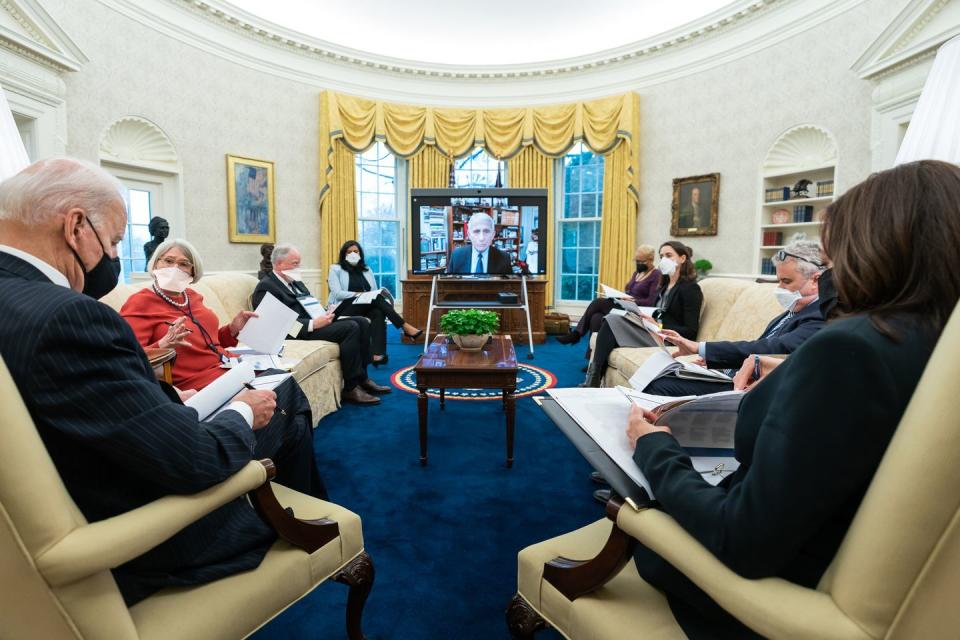

Adam Schultz, Chief Official White House Photographer
On a typical day...I'll get up, walk to work, and think about what's on the president's schedule. When I first get in, I'll catch up on emails and edits, and then I'll grab my cameras, memory cards, and batteries, and go upstairs and wait for the president to come out of the residence and walk over to the Oval Office. I generally try to photograph him every day as he walks across the colonnade, because it feels like an important way to mark the beginning of another day, and from there I follow the schedule and stick around the outer Oval Office so that I can catch every possible moment.
Working at the White House is...honestly, hard to describe. You are just in constant awe of how many people there are, how much goes on here, and how there are all these details and items from the course of history, like china from every past president's administration. It's wild to think that you're essentially walking around an enormous museum full of history, and at the same time, taking historic photos. It's a complete privilege.
To do my job well...it's very important that the president trusts me, and thankfully, I'm 99.999 percent sure that he does. Sometimes after a meeting, he'll say things like, "You were in there the whole time, so tell me, did that make sense to you?" or "What did you think about that?" And to be honest, it's not my place; my job is very much to watch things unfold and document what's happening. But I think he looks to me as an outsider of sorts, who isn't a policy person and isn't wrapped up in an agenda.
What I know for sure after the first 100 days is…Joe Biden is the right person for where we're at, both in our country and the world. After what happened previously, he has the perfect amount of political experience and perspective to use this opportunity to leap forward and make strong, good changes for the nation.
A few of my favorite photographs include...the official presidential portrait. There's a lot of pressure surrounding that one, because not only will it be displayed in every federal building around the world, but there will inevitably be people who say, "They should have done it this way or that way." But also, I love some of the photos of him at his desk—where he's on a call, fiddling with a letter opener, and you can see his mind turning.
Through my photos, I hope to convey...that President Biden took us from a point in American history where things were very complex and was able to steer us in the right direction so that we can build a better country. How that actually happens? I'm not sure—it remains to be seen. But I hope that I can do justice by photographing that well.
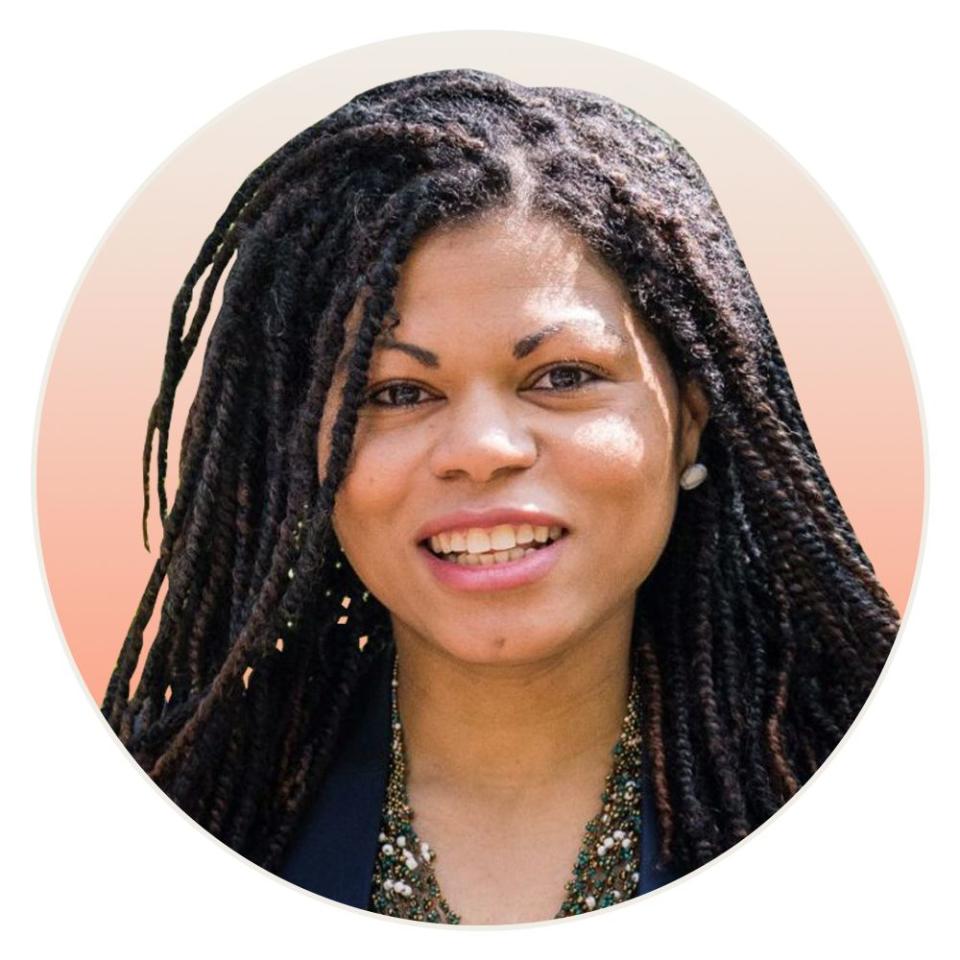
Erin Wilson, Deputy Director of Political Outreach and Strategy
On any given day, you can find me...talking to folks outside my office, both to help communicate some of the steps we're taking to meet our goals, and to find ways we can work together on shared goals. That might be talking to stakeholders in a specific city about the administration's efforts to improve vaccine equity, the progress we've made with schools reopening, or the impact we've seen with some of the stimulus checks.
I'm particularly proud of...the American Rescue Plan. This is a historic piece of legislation that some argue could account for a 50 percent reduction in child poverty, as well as reducing poverty in the Black community by 34 percent, the Hispanic community by 39 percent, and the AAPI community by 23 percent. I'm incredibly proud to have played a very small role in helping to not only pass such a big piece of legislation, but to also see the implementation of that. We've been able to administer 200 million shots in less than 100 days, which is twice the goal we had initially set. And stimulus checks have reached 85 percent of all Americans, and we've reopened the majority of schools.
One thing that has gotten me through the first 100 days is...making time to do silly things with my team. We're currently working remotely, which means we don't have the opportunity to grab coffee and get to know each other. Instead, for example, every week we take turns showing off our work from home setups or giving a tour of our homes. Also, I try to send postcards to my coworkers with a regular degree of cadence, so we can stay connected even though we're not in a physical space.
What I know for sure after the first 100 days is…I'm ready for the next 100.

Christian Tom, Deputy Director of Digital Strategy
The most exciting aspect of my job is…walking out of the Eisenhower Executive Office Building at the end of the day and facing the West Wing. It’s trite, I know, but nothing can prepare you for that view—and nothing can make you feel jaded after seeing that.
A project I’m particularly proud of is…the weekly conversation. It’s an evolution of the weekly address, which started with FDR sitting at his desk with a big microphone doing this regular radio address, and then the Obama administration released it broadly. Instead of just reviving that, we put our own spin on it. Every Saturday at about 10:00 a.m., we publish a weekly conversation between the president and another person. We’ve talked to union workers, nurses, home health workers, and a range of people from diverse backgrounds—which helps ground a lot of the administration's policy work and put it in context for everyday Americans.
A couple things that have gotten me through the first 100 days are…taking at least one meeting a day while walking, whether that's around the White House grounds, or my neighborhood if I'm working from home. The other thing is swimming. Not only is it great exercise, but especially in this world when there’s always new emails and phone calls and notifications, it’s a forced time away from your devices, because you can’t have your phone in the water.
If I could go back, I'd tell myself on Day 1...buckle up for a wild ride. When we took these jobs officially, we received a package in the mail with a computer, phone, and note that said, “Do not turn on until January 20 at noon,” which felt very Mission Impossible. Since then, there have been so many new things coming our way. Even on Inauguration Day, we were working in real time with platforms like YouTube, Facebook, Twitter, and Instagram to literally get the keys to the castle, which is an unbelievably complex orchestration and highly stressful—given that this is the White House and one action on social media can make or break news.
What I know for sure after the first 100 days is…we are lucky to be surrounded by colleagues who are unbelievably smart, capable, qualified, and hardworking. One of the things I’ve really taken away is how important it is to be able to go with the flow, forgive, understand, and communicate effectively, especially in a job like this one, which is so high stakes and stressful.
You Might Also Like

